
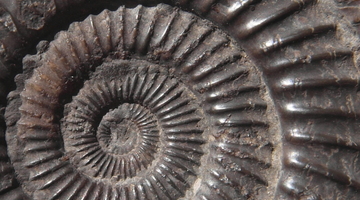
“How old is it?” is one of the first questions you’ll probably ask when you see an interesting rock or fossil. It’s certainly one of the first things that a geologist wants to know. As you’ll ...
READ MORE
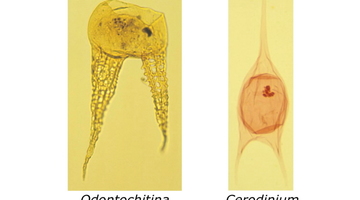
Dinosaurs used to live in New Zealand. We know this because their fossils have been found in a few places. The fossils of a number of different dinosaurs were found at the Mangahouanga Stream, in ...
READ MORE
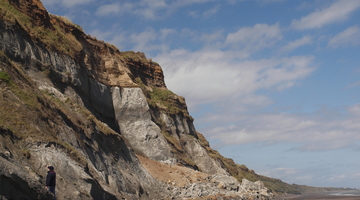
The study of fossils, combined with accurate dating, gives us a detailed picture of climate and environment changes in New Zealand over the last few million years. Rights: The University of ...
READ MORE
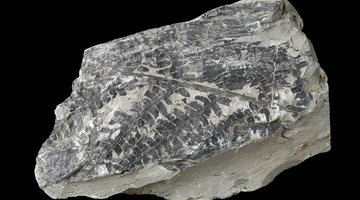
In this activity, students date fossils from one site by matching them to fossils already dated somewhere else. They use real data from Mangahouanga, made famous by paleontologist Joan Wiffen. By ...
READ MORE
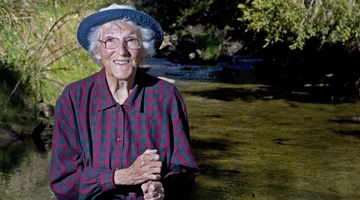
In this activity, students use different pieces of a jigsaw to work through a process of observation, discussion, collaboration and deduction to determine what the picture shows. The activity is ...
READ MORE
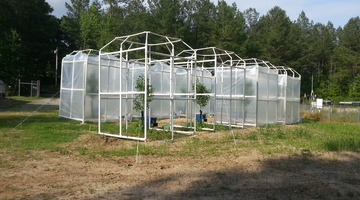
By comparing some features of fossilised plants with the same features of plants living today, scientists hope to be able to learn more about the effect of changing carbon dioxide (CO2) levels in ...
READ MORE

iNaturalist logs hundreds of thousands of photos of flora, fauna and fungi. There are even sound recordings too. Each is described and geo located. iNaturalist is used by citizens and scientists ...
READ MORE

FrogID is an Australian app that uses audio of frogs’ unique calls to identify various species and their locations. We can use it in Aotearoa New Zealand to record the location of introduced ...
READ MORE
Joan Wiffen and colleagues were famous for finding fossils at Mangahouanga Stream, in north-west Hawke’s Bay. Dr James Crampton, paleontologist at GNS Science, outlines some of the marine ...
READ MORE
Dr James Crampton, paleontologist at GNS Science, explains how relative dating was used to determine that dinosaur and other fossils found in north-west Hawke’s Bay were from the Cretaceous ...
READ MORE
Watch this animated video and find out more on how sedimentary rock near Whanganui records 50 cycles of sea level change, each lasting up to 100,000 years. Rocks were formed during warm ...
READ MORE

This timeline lets you see aspects of Joan's life and work, and how these fit into a wider science picture of paleontology. A full transcript is underneath.
READ MORE
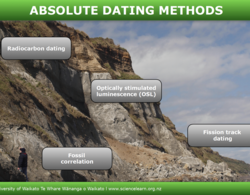
Absolute dating methods give rocks an actual date or date range in numbers of years. This interactive explores four different methods used in absolute dating.
READ MORE
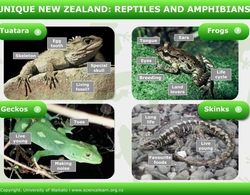
Explore this interactive to learn more about New Zealand’s unique reptiles and amphibians. Move your mouse or finger over any of the labelled boxes and click to obtain more information. Select ...
READ MORE